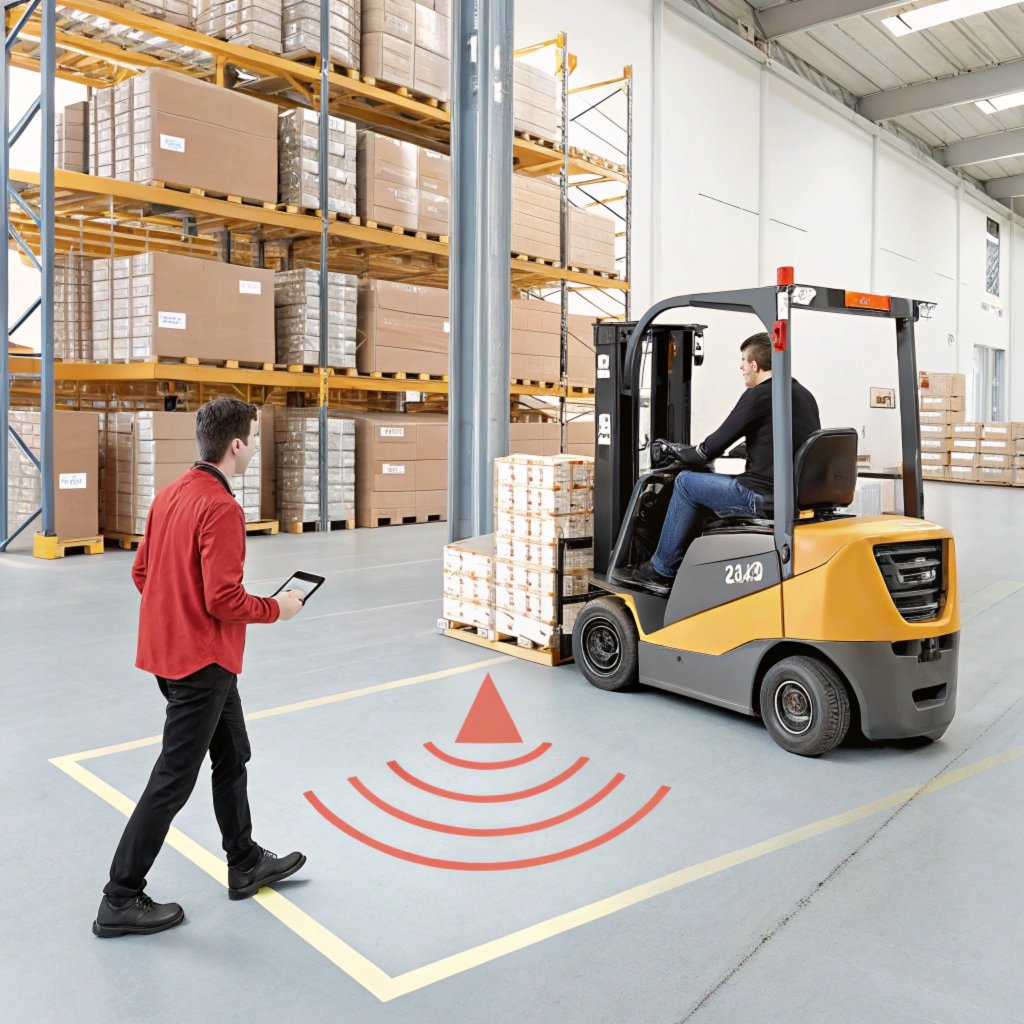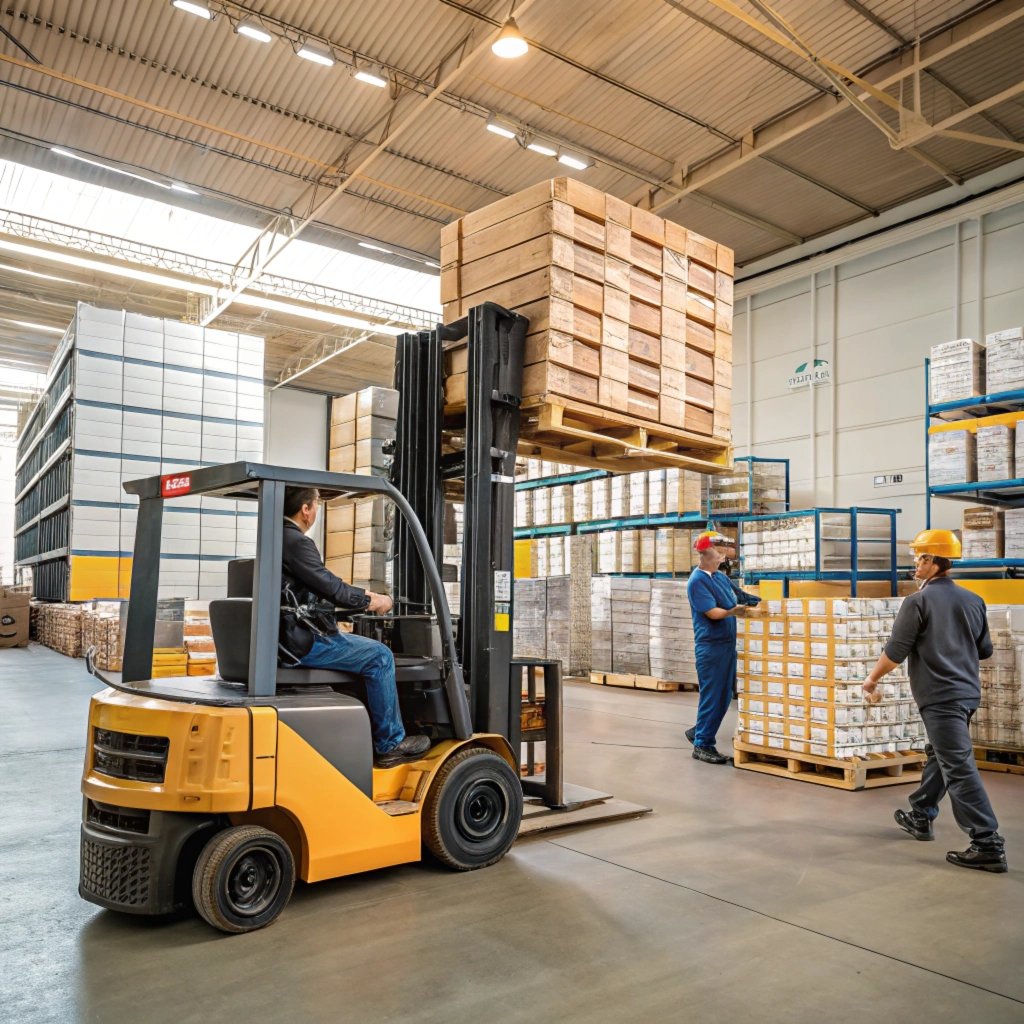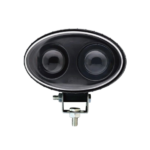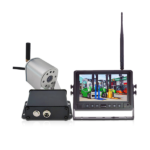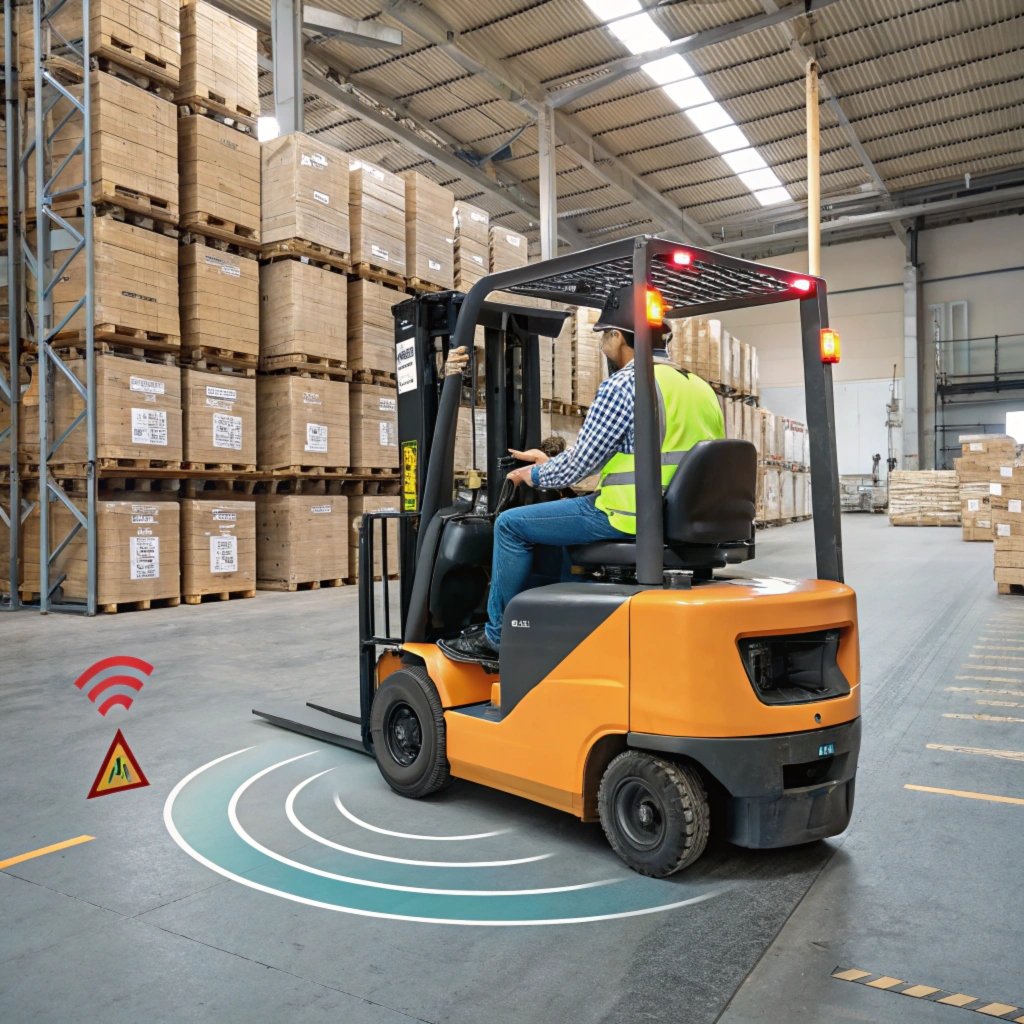Table of Contents
How Can Forklift Incidents Be Prevented?
Every year, thousands of workplace accidents involving forklifts turn ordinary workdays into life-altering moments. But what if you could create an almost impenetrable safety barrier that protects workers, reduces costs, and transforms your workplace culture? This comprehensive guide will show you exactly how to prevent forklift incidents before they happen.
The Anatomy of Forklift Incidents: Understanding the Risk
Before diving into prevention, let’s understand why forklift accidents occur:
- Operator error accounts for nearly 70% of forklift-related accidents
- Lack of proper training creates unpredictable workplace environments
- Poor maintenance leads to unexpected equipment failures
- Inadequate safety protocols leave critical gaps in workplace protection
The Preventive Approach: A Multi-Layered Safety Strategy
Preventing forklift incidents isn’t about a single solution, but a comprehensive safety ecosystem that addresses every potential risk point.
Comprehensive Training: The Foundation of Safety
Training isn’t just a checkbox – it’s your first line of defense:
- Implement rigorous operator certification programs
- Conduct regular skill reassessment
- Use simulator-based training for complex scenarios
- Create scenario-based learning experiences that go beyond standard manuals
What Effective Training Looks Like:
- Hands-on practical sessions
- Psychological awareness of workplace risks
- Understanding equipment limitations
- Stress management in high-pressure environments
Advanced Technology: Your Invisible Safety Network
Modern technology transforms safety from reactive to proactive:
Key Technological Interventions:
- 360-degree sensor networks
- Real-time object detection
- Automatic speed reduction
- Immediate warning mechanisms
- Track operator behavior
- Monitor equipment performance
- Provide real-time safety insights
- Generate predictive maintenance alerts
Workplace Design: Creating a Safer Environment
Your workspace layout plays a crucial role in preventing incidents:
- Clear, well-marked pedestrian zones
- Adequate lighting in all operational areas
- Proper storage and organization
- Strategic placement of safety barriers
- Defined traffic flow patterns
Regular Equipment Maintenance: Preventing Mechanical Failures
A well-maintained forklift is a safe forklift:
- Daily pre-operation inspections
- Scheduled comprehensive maintenance
- Immediate repair of identified issues
- Use of diagnostic technologies
- Replacement of worn-out components
Maintenance Checklist Highlights:
- Brake system evaluation
- Tire condition assessment
- Hydraulic system checks
- Electrical system diagnostics
- Structural integrity examination
Personal Protective Equipment (PPE): The Last Line of Defense
While prevention is key, additional protection matters:
- High-visibility vests
- Steel-toe boots
- Hard hats
- Safety glasses
- Enhanced hearing protection
Cultural Transformation: Making Safety a Mindset
Beyond technology and training, create a safety-first culture:
- Reward safe behavior
- Encourage open communication about risks
- Make safety everyone’s responsibility
- Implement continuous learning programs
The Economic Impact of Prevention
Consider these compelling statistics:
- Average forklift accident costs: $38,000 per incident
- Potential workers’ compensation claims: Up to $250,000
- Productivity losses: Significant and often overlooked
- Potential legal liabilities: Substantial risk
Emerging Technologies on the Horizon
Future forklift safety will include:
- AI-powered predictive risk assessment
- Advanced machine learning algorithms
- Augmented reality training simulations
- Integrated wellness monitoring for operators
Quick Decision Maker’s Checklist
- ✓ Comprehensive operator training
- ✓ Advanced collision avoidance systems
- ✓ Regular equipment maintenance
- ✓ Workplace safety redesign
- ✓ Cultural safety transformation
The Holistic Prevention Approach
Preventing forklift incidents isn’t about eliminating risk entirely – it’s about creating a proactive, intelligent safety ecosystem that protects your most valuable asset: your people.
Pro Tip: Safety is not an expense; it’s an investment in your company’s most critical resource – human capital.
Preventing forklift incidents requires a multi-dimensional approach that combines technology, training, culture, and continuous improvement. By implementing these strategies, you’re not just avoiding accidents – you’re creating a safer, more efficient workplace.


